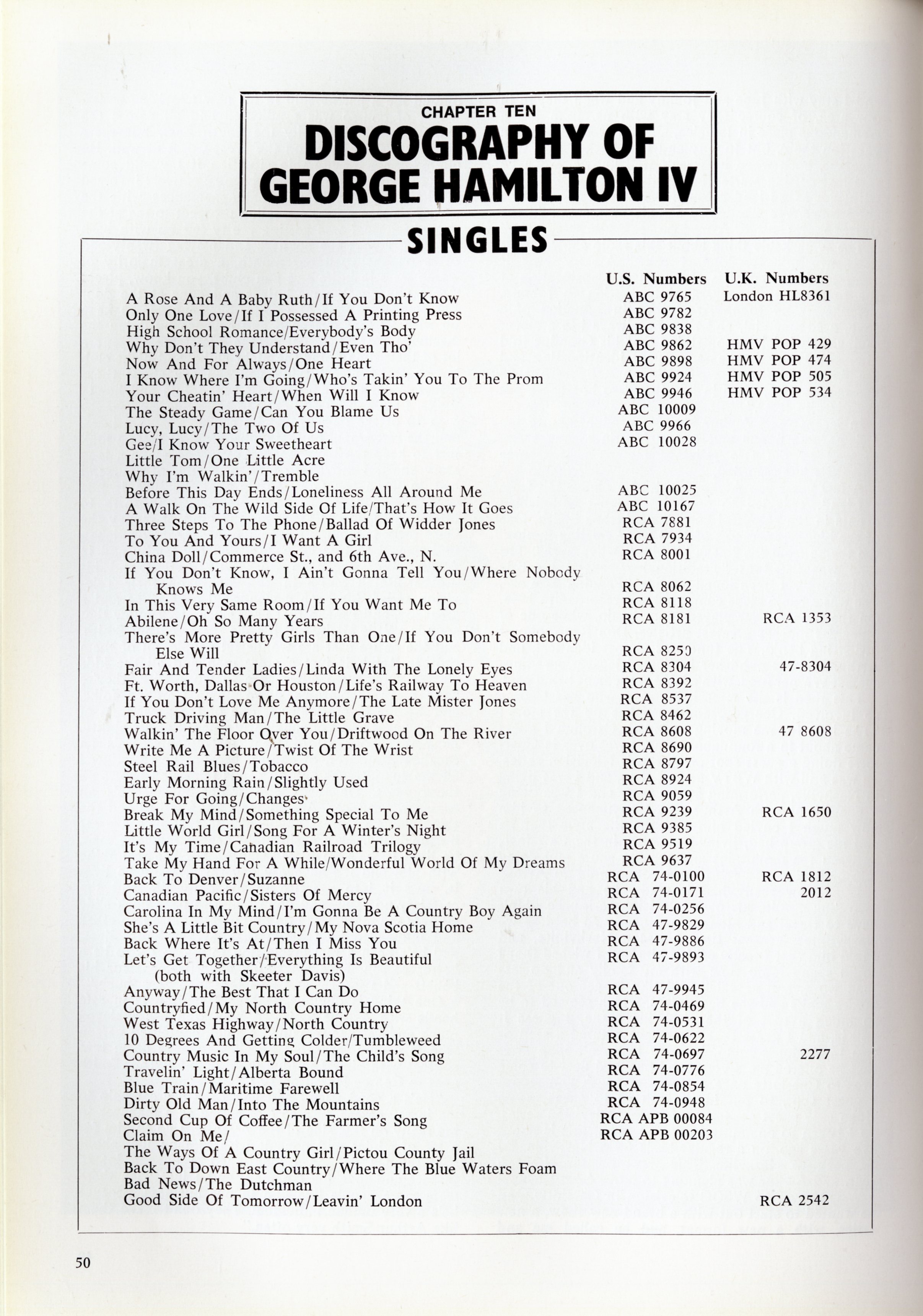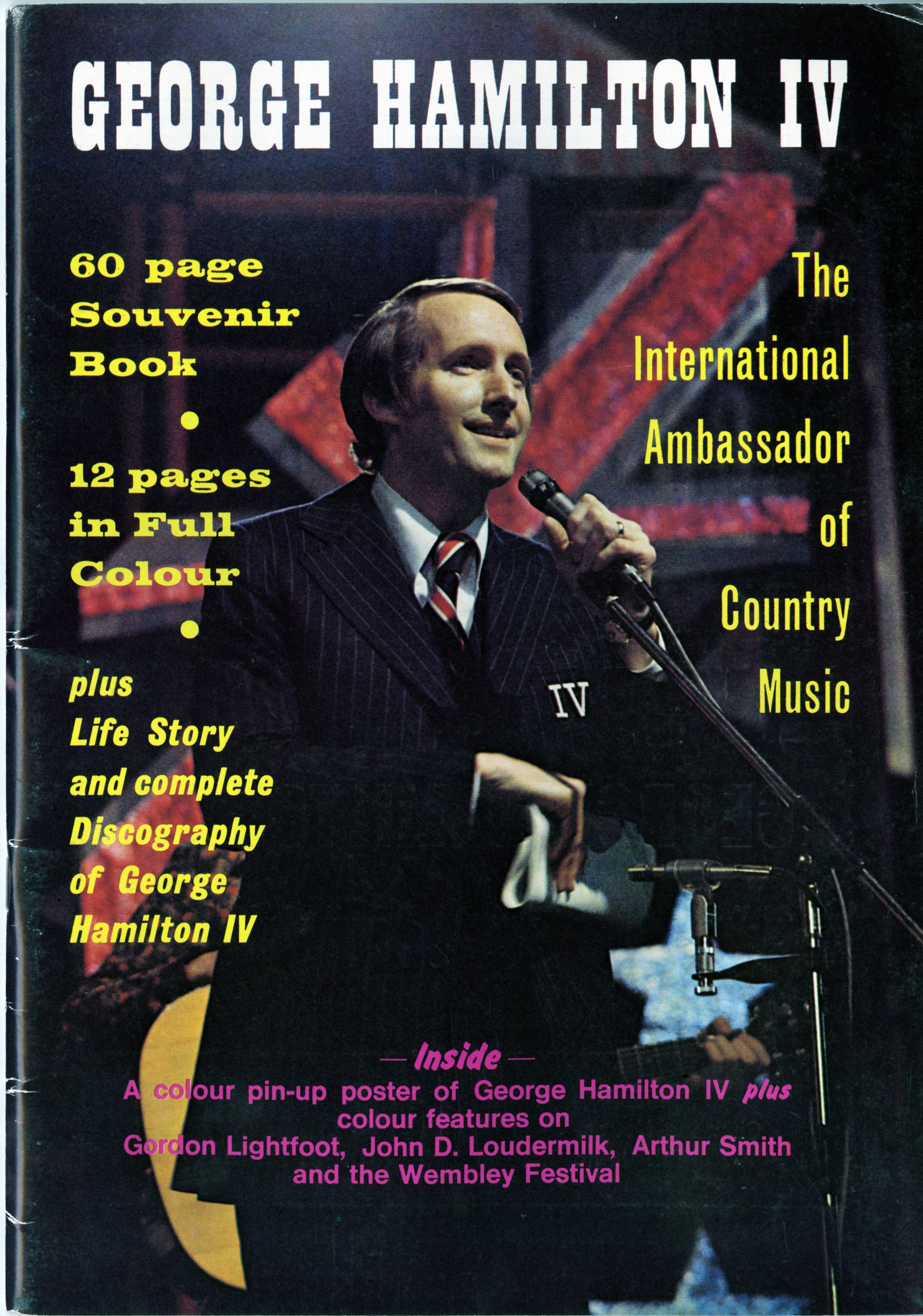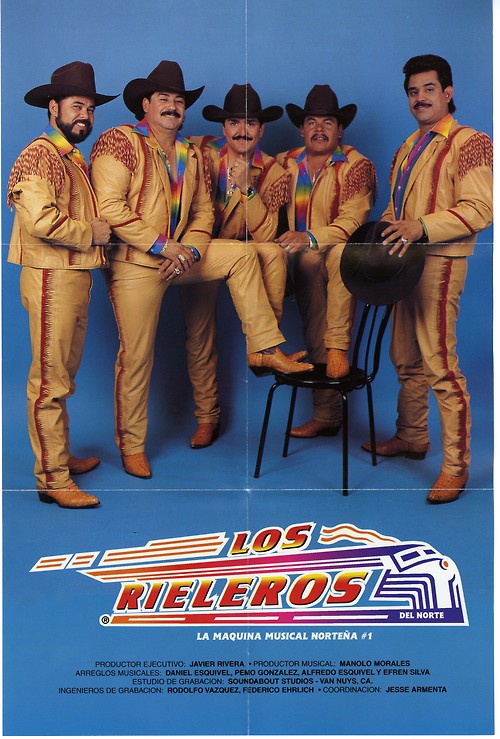
With all of the mythology surrounding contemporary celebrations of Thanksgiving, I often turn to field recordings to guide me through the gauntlet of caricatures that can seem to overwhelm the holiday experience. I like A Charlie Brown Thanksgiving and the Macy’s Parade too, but this time of year always feels surreal until I pull down my collection of Native American music recordings from the record shelf and listen as I begin to prepare dinner for my family and friends.
 Looking through the stacks this morning in the Southern Folklife Collection, I found a Library of Congress collection from the Archive of Folk Song, Songs from the Iroquois Longhouse, SFC call number FC890. Compiled by William Fenton from recordings made for the Bureau of American Ethnology at the Six Nations Reserve in Canada and the Allegany reservation in New York in 1941, the record is a powerful document of music from the Eastern Woodlands of North America.
Looking through the stacks this morning in the Southern Folklife Collection, I found a Library of Congress collection from the Archive of Folk Song, Songs from the Iroquois Longhouse, SFC call number FC890. Compiled by William Fenton from recordings made for the Bureau of American Ethnology at the Six Nations Reserve in Canada and the Allegany reservation in New York in 1941, the record is a powerful document of music from the Eastern Woodlands of North America.
 The notes are extensive and detail the singers, songs, and performance of the music in a variety of contexts. Among the Seneca performers documented is Chancey Johnny John, called hau’no’on, “Cold-voice,” of the Turtle clan of the Cayuga. According to Fenton, Chancey came from a line of singers and knew more than 1000 verses of song. To be able to hear Chancey Johnny John sing is a remarkable gift and we hope you readers and listeners enjoy this short piece as you join together in body, mind, or spirit with your families and friends this weekend. Click on the bar below to listen to Chancey Johnny John recorded in 1941. FC890
The notes are extensive and detail the singers, songs, and performance of the music in a variety of contexts. Among the Seneca performers documented is Chancey Johnny John, called hau’no’on, “Cold-voice,” of the Turtle clan of the Cayuga. According to Fenton, Chancey came from a line of singers and knew more than 1000 verses of song. To be able to hear Chancey Johnny John sing is a remarkable gift and we hope you readers and listeners enjoy this short piece as you join together in body, mind, or spirit with your families and friends this weekend. Click on the bar below to listen to Chancey Johnny John recorded in 1941. FC890
The song of personal thanksgiving is an individual chant sung during the Midwinter festival, on the third day of the Green Corn Festival. According to Fenton, “every man should return thanks to the Creator that he has lived to see the ceremonies again and that so many people have once again returned to renew the faith of their ancestors.” A transcription of the chant follows. 

Category: Southern Folklife Collection
A look inside Goldband
 A peek into Eddie Shuler’s Goldband complex–including recording studio, record store, and TV store–in Lake Charles, LA, from the now digitized Goldband photo albums. For more see the Goldband Recording Corportaion Collection (20245) finding aid. Above is Wild Bill Pitre of Wild Bill and the Blue Washboard Boys. Below, Eddie Shuler at the desk in his control room. And finally, Count Rockin’ Sidney below.
A peek into Eddie Shuler’s Goldband complex–including recording studio, record store, and TV store–in Lake Charles, LA, from the now digitized Goldband photo albums. For more see the Goldband Recording Corportaion Collection (20245) finding aid. Above is Wild Bill Pitre of Wild Bill and the Blue Washboard Boys. Below, Eddie Shuler at the desk in his control room. And finally, Count Rockin’ Sidney below.
These images were preserved as part of the Southern Folklife Collection digitization project, From the Piedmont to the Swamplands: Preserving Southern Traditional Music, funded by a grant from the National Endowment for the Humanities.
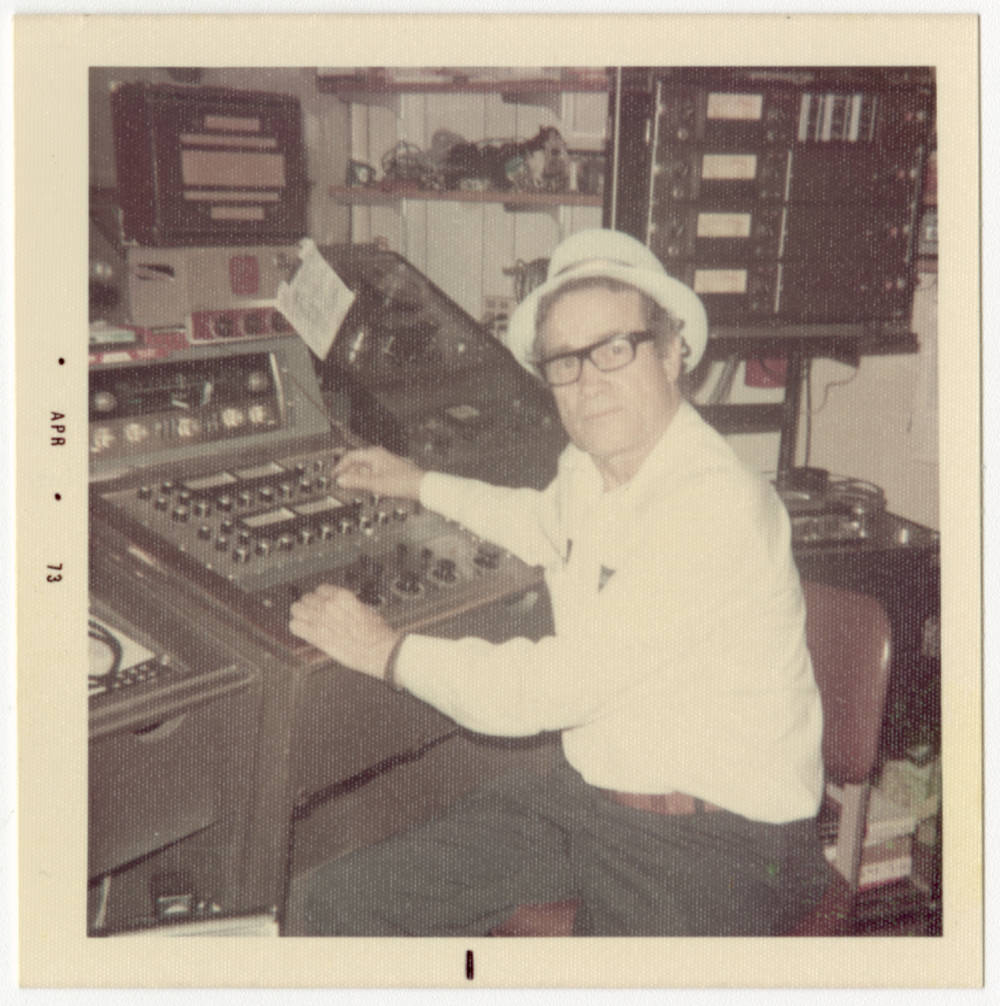

Curley Parker & the Garvin Brothers on Cozy Records
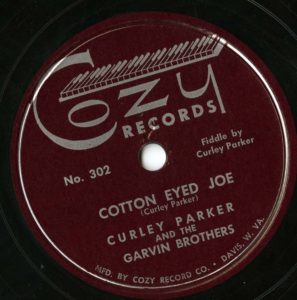 Newly cataloged at the SFC is an obscure bluegrass release on Cozy Records by Curley Parker and the Garvin Brothers, call number 78-17403.
Newly cataloged at the SFC is an obscure bluegrass release on Cozy Records by Curley Parker and the Garvin Brothers, call number 78-17403.
Cozy Records was based in Davis, West Virginia and named after a restaurant in nearby Grafton. It was founded by coal miner and minister John Bava, who’d played and sung along with his wife Lucy in a band called the Country Cousins.
In addition to his record label, Bava also started a magazine called Musical Echoes (printing facilities for which sat in a converted chicken coup), and a music publishing company under his own name. It seems that Bava may have used Musical Echoes partly to promote his compositions among musicians who might perform them. For example, in the SFC’s Sheet Music and Song Lyrics collection, we found this copy of Bava’s composition “Upon the Cross of Calvary” which has a red-and-white sticker referring to Musical Echoes as “song book for the entertainer.”
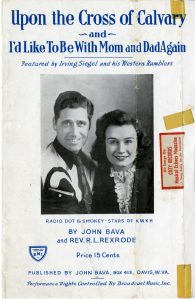
The back cover has been addressed and stamped, with Musical Echoes as the return address. At the bottom, the recipient is told to “request Hank the Cowhand of WMMN, Fairmont, W. Va. to sing ‘Would You Care.’” (Hank recorded this song for Cozy as Hank Stanford & the Sagebrush Round-up some time in the early 1950s; the song was written by Bava).
 Cozy recorded local, West Virginia-based talent, as well as musicians who appeared regularly on radio but who’d had trouble making inroads with bigger labels. Besides Hank the Cowhand, Cozy artists included Cherokee Sue, Rita Flory, Rex Parker’s Merry Men, Chuck Palmer & the Cornmuffins, and eventually the Lonesome Pine Fiddlers.
Cozy recorded local, West Virginia-based talent, as well as musicians who appeared regularly on radio but who’d had trouble making inroads with bigger labels. Besides Hank the Cowhand, Cozy artists included Cherokee Sue, Rita Flory, Rex Parker’s Merry Men, Chuck Palmer & the Cornmuffins, and eventually the Lonesome Pine Fiddlers.
Curley Parker and the Garvin Brothers only made one recording for Cozy Records, “My Guiding Star” / “Cotton Eyed Joe”, released in 1950. Originally from Gilmer County, Georgia, Parker is today best known for having played fiddle with the Blue Sky Boys during the 1940s, as well as for the duo he started with Pee Wee Lambert in 1951. In addition to his musical career, Parker also worked as a land surveyor; ultimately, he phased out professional music appearances in order to focus on his “day job.”
Side A, “My Guiding Star,” features singing by Parker and Earnst Garvin in a song about the unexpected death of the narrator’s fiancé. We’ve included an excerpt here:
My Guiding Star
Side B, “Cotton Eyed Joe,” is an instrumental, and showcases Parker’s fiddling technique (as well as that of an unnamed banjoist, presumably one of the Garvin Brothers). The virtuosity is especially apparent towards the end when the tempo verges on breakneck.
Cotton Eyed Joe
It does not appear that the Garvin Brothers have any surviving output beyond this release.
Our copy of the Parker-Garvin Brothers release came from SFC donor Guthrie Meade and was autographed by Parker. In the image below, you can (sort of) see the inscription on the lefthand side of the label: “To Gus, Curley Parker.”

Calling all country music fans
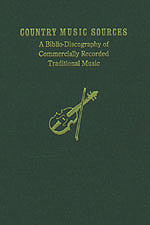 Dick Spottswood is preparing to update the reference book COUNTRY MUSIC SOURCES, first published by the John Edwards Memorial Forum and the Southern Folklife Collection in 2002. Anyone with corrections, additions or updates is invited to contact him online at dick@wamu.org. UPDATE: Joe Hickerson has generously signed on to expand and update bibliographic entries; contact him at jhick@starpower.net.
Dick Spottswood is preparing to update the reference book COUNTRY MUSIC SOURCES, first published by the John Edwards Memorial Forum and the Southern Folklife Collection in 2002. Anyone with corrections, additions or updates is invited to contact him online at dick@wamu.org. UPDATE: Joe Hickerson has generously signed on to expand and update bibliographic entries; contact him at jhick@starpower.net.
The book provides information on some 14,500 recordings of 3,500 old-time folk and country songs recorded between 1921 and 1942. Each performance receives a full citation, including the date and place of recording, original and variant artist, and title credits. Whenever possible, songs are traced back to their original lyricists and composers or to major published and unpublished folksong collections. Entries are grouped into broad subject categories: ballads, popular songs, religious songs, and instrumentals.
Based on 35 years of research in public and private collections of recordings, broadsides, pamphlets, and sheet music, this valuable resource allows a fresh understanding of pre-World War II country music and its intricate connections to the blues, old world folk music, and the broad spectrum of American popular song.
“One of the most impressive accomplishments in the history of country music scholarship. It is a big, juicy mother-lode that contains more new, hard data than anyone in this field has seen in years. . . . A definitive reference book that should be on every library shelf and in the hands of any serious student of American music.” –Journal of Country Music
2003 Award for Excellence in Historical Recorded Country Music, Association for Recorded Sound Collections
In memory of George Hamilton IV
 George Hamilton IV with Mary Dabney Hamilton, Back cover of George Hamilton IV, souvenir book edited by Bob Powell, folder35, George Hamilton IV Collection (20410), Southern Folklife Collection, UNC Chapel Hill
George Hamilton IV with Mary Dabney Hamilton, Back cover of George Hamilton IV, souvenir book edited by Bob Powell, folder35, George Hamilton IV Collection (20410), Southern Folklife Collection, UNC Chapel Hill

We were saddened to hear that George Hamilton IV passed away on September 17, 2014. In memoriam of Mr. Hamilton, we pulled some items The George Hamilton IV Collection (20410) in the Southern Folklife Collection to highlight his remarkable career and contributions to the canon of Country music. A native son of North Carolina born and raised in Winston Salem, Hamilton started his singing career while a student at UNC Chapel Hill, recording for Orville Campbell’s Colonial Records. By the late 1950s, Hamilton had moved to Washington, D.C., and became a regular performer (with Patsy Cline, for a time) on Jimmy Dean’s “Town and Country Jamboree” show. He toured with Bobby Darin, Chuck Berry, Buddy Holly, and the Everly Brothers, along with many other well-known pop stars, and made numerous national television appearances.
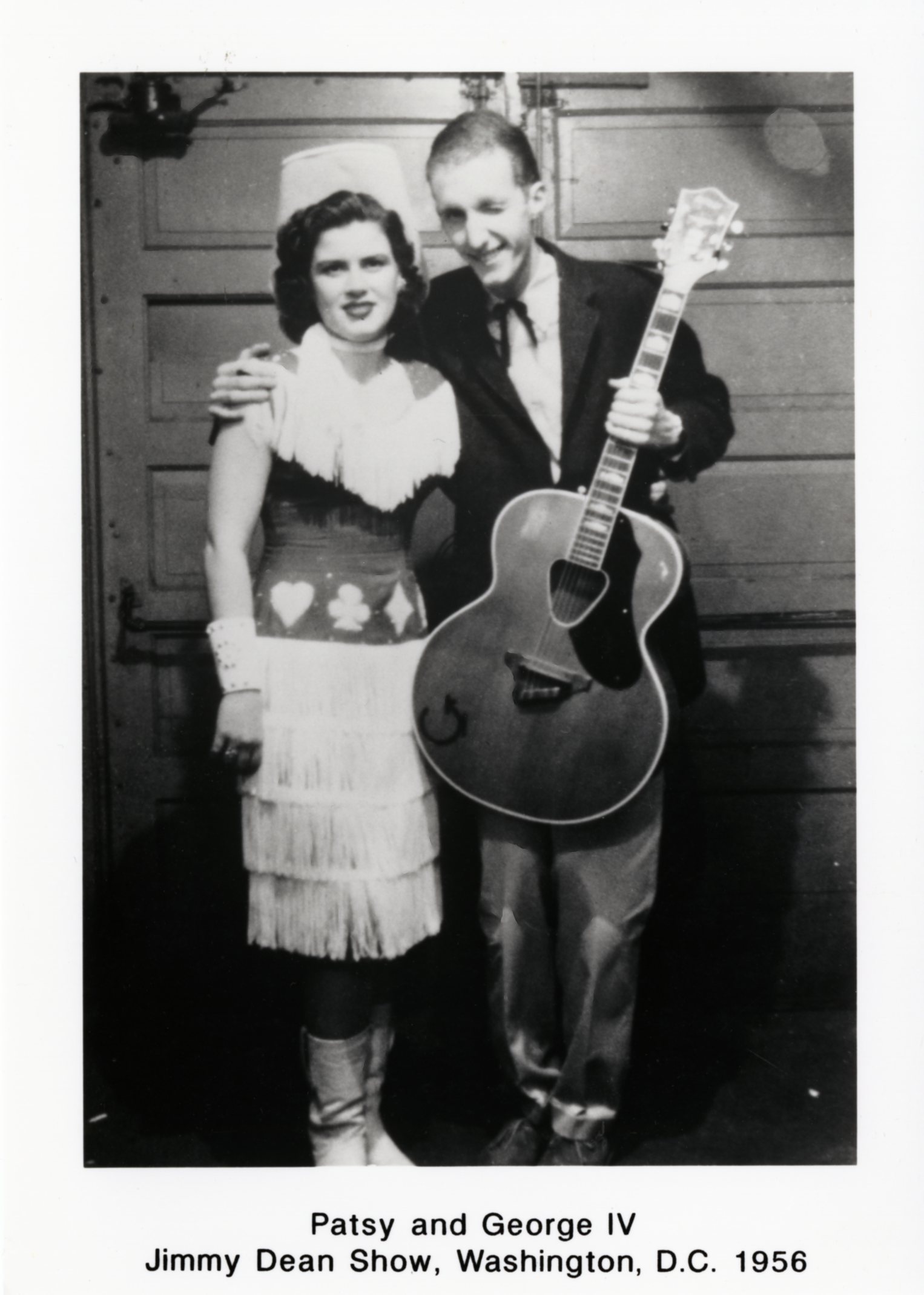 George Hamilton IV and Patsy Cline, P4939 in the George Hamilton IV Collection (20410), Southern Folklife Collection, UNC Chapel Hill
George Hamilton IV and Patsy Cline, P4939 in the George Hamilton IV Collection (20410), Southern Folklife Collection, UNC Chapel Hill
 Hamilton became a teen pop sensation in 1956 with his recording of John D. Loudermilk’s tune “A Rose and a Baby Ruth,” but Hamilton’s heart was in country music and in 1959 he moved to Nashville, becoming a member of the Grand Ole Opry in 1960. Listen to Hamilton’s performance of “A Rose and A Baby Ruth” from one of his first appearances on the Grand Ole Opry, introduced by the one and only Ernest Tubb. From open reel tape, FT12086 in the George Hamilton IV Collection (201410):FT12086_George Hamilton IV Grand Ol Opry_LC
Hamilton became a teen pop sensation in 1956 with his recording of John D. Loudermilk’s tune “A Rose and a Baby Ruth,” but Hamilton’s heart was in country music and in 1959 he moved to Nashville, becoming a member of the Grand Ole Opry in 1960. Listen to Hamilton’s performance of “A Rose and A Baby Ruth” from one of his first appearances on the Grand Ole Opry, introduced by the one and only Ernest Tubb. From open reel tape, FT12086 in the George Hamilton IV Collection (201410):FT12086_George Hamilton IV Grand Ol Opry_LC
Later that year, he began recording for RCA Records, having been signed by Chet Atkins. In 1963, John D. Loudermilk’s “Abilene” became a number-one hit for Hamilton on the country charts and reached the top 20 in pop.
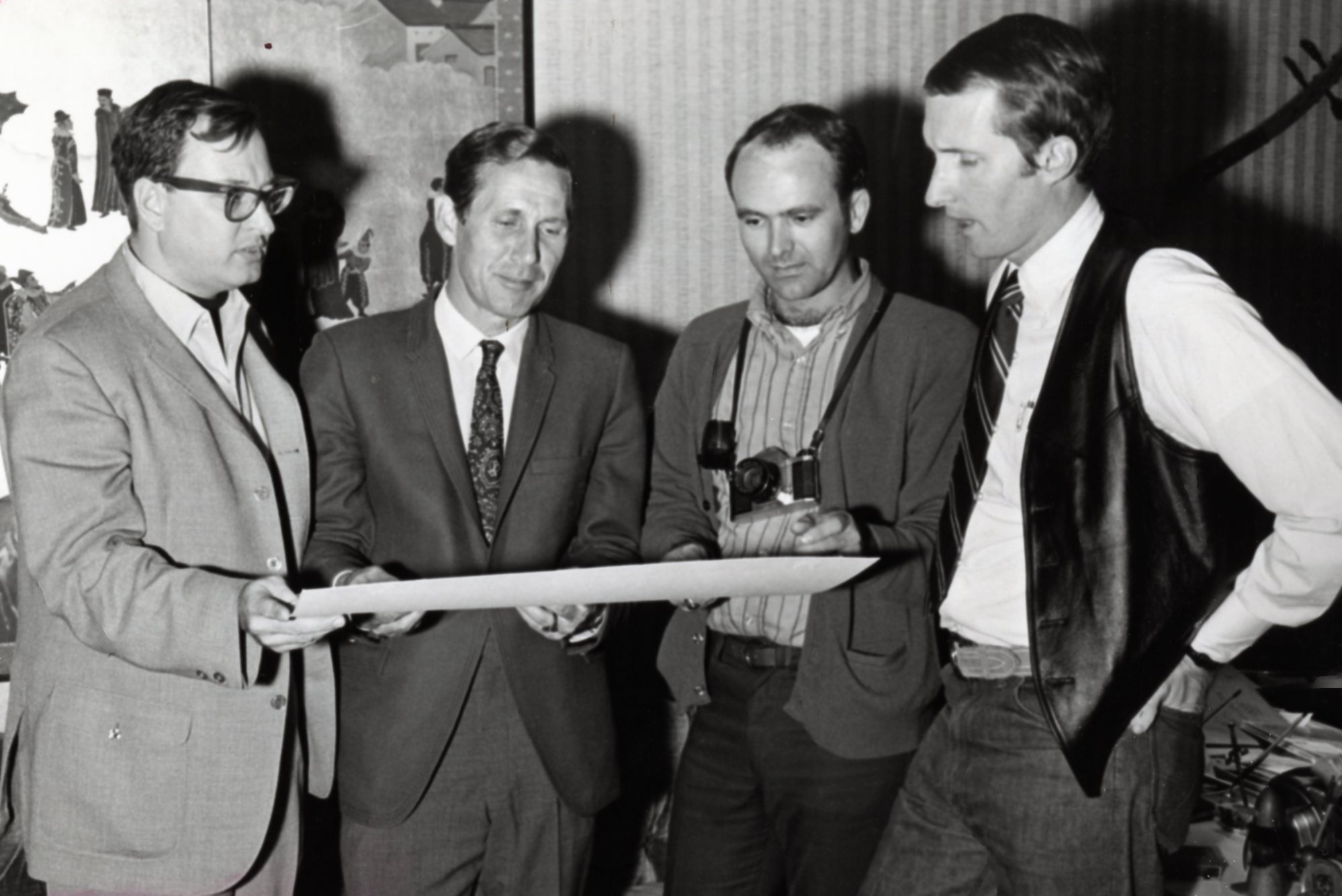 Chet Atkins, John D. Loudermilk, Bobby Moore, George Hamilton IV, P4953 in the George Hamilton IV Collection (20410), Southern Folklife Collection, UNC Chapel Hill
Chet Atkins, John D. Loudermilk, Bobby Moore, George Hamilton IV, P4953 in the George Hamilton IV Collection (20410), Southern Folklife Collection, UNC Chapel Hill
He toured Canada and across Europe, developing a devoted fan base. He would eventually tour around the world, performing multiple times in Japan, South Africa, the former Soviet Union, and India. His performance at Moscow University in 1974 was the first for an American country music performer. Other “first” performances on this tour were in Hungary, Poland, and Czechoslovakia. Later that year, Billboard Magazine began to refer to Hamilton as the “International Ambassador of Country Music.”
 George Hamilton IV in Bangalore, India, 1986. P5034 in the George Hamilton IV Collection (20410), Southern Folklife Collection, UNC Chapel Hill
George Hamilton IV in Bangalore, India, 1986. P5034 in the George Hamilton IV Collection (20410), Southern Folklife Collection, UNC Chapel Hill
Hamilton’s recording career highlights a mutual admiration for Canadian and European songwriters. In 1965, Hamilton was the first American singer to record a hit penned by Canadian songwriter Gordon Lightfoot and in 1967, he also became the first to record “Urge for Going,” a song by another Canadian songwriter, Joni Mitchell. In 1969, his first record of all Canadian music was released and he hosted a variety show on the CBC for six years.
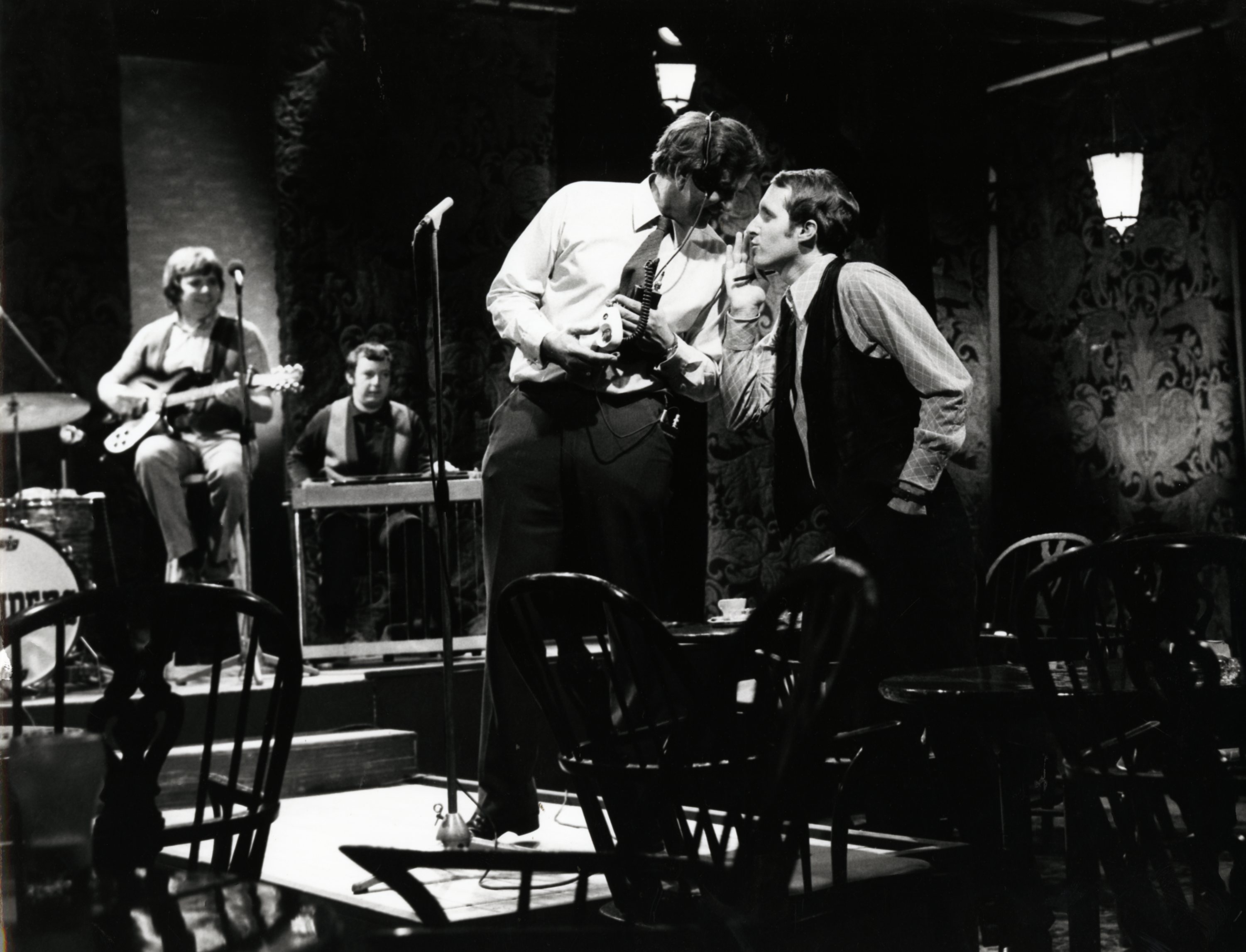 George Hamilton IV on the set of “Up Country at the Elizabethan Barn,” early 1970s, PHOTO BY DOMINIC MCKENZIE P4821 in the George Hamilton IV Collection (20410), Southern Folklife Collection, UNC Chapel Hill
George Hamilton IV on the set of “Up Country at the Elizabethan Barn,” early 1970s, PHOTO BY DOMINIC MCKENZIE P4821 in the George Hamilton IV Collection (20410), Southern Folklife Collection, UNC Chapel Hill
His long-standing involvement with the annual International Festival of Country Music, held at Wembley (UK) led to an association with the BBC where Hamilton hosted many programs–variety and documentary–that showcased country music.
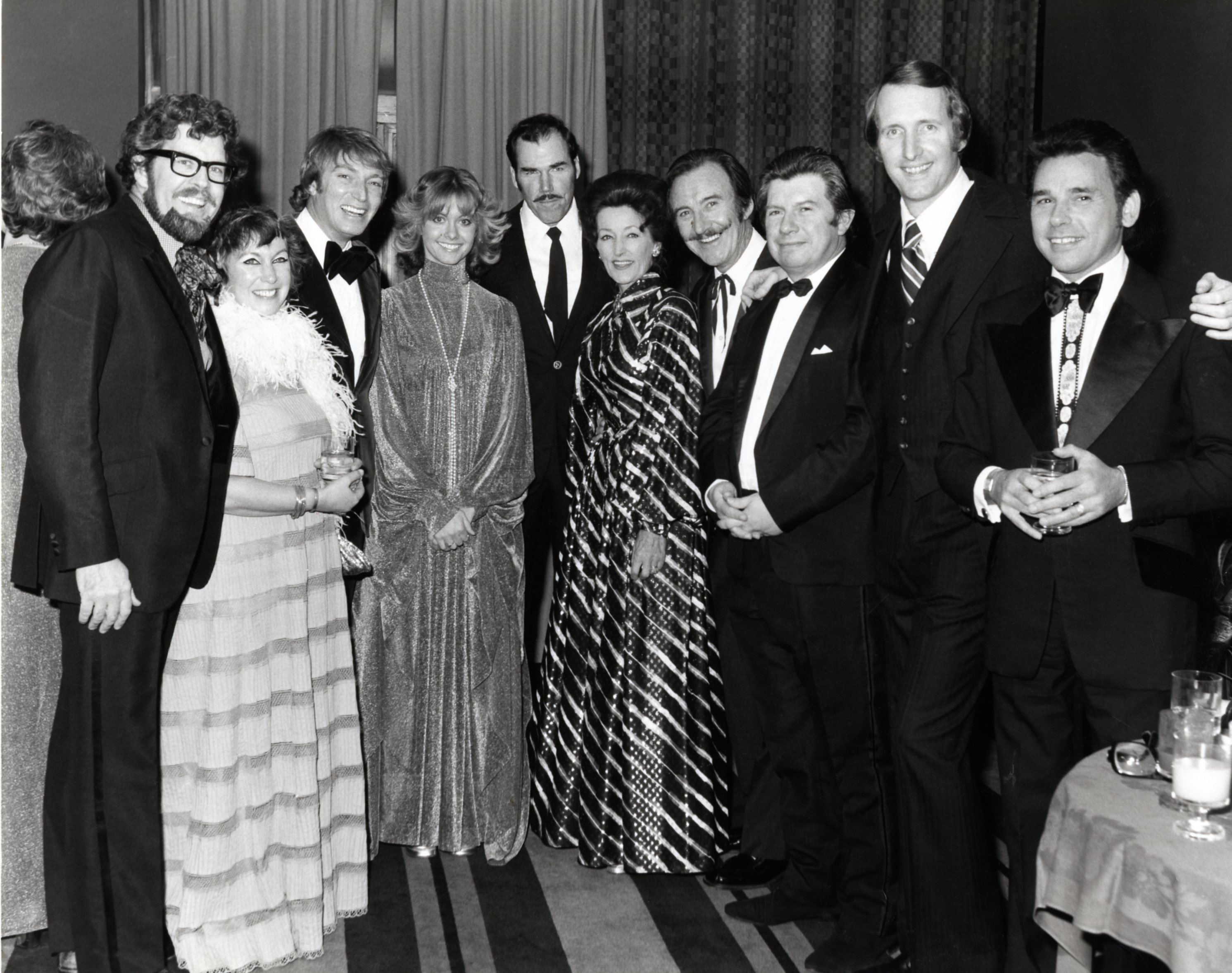 George Hamilton IV, Rolf Harris, an unidentified woman, Frank Ifield, Olivia Newton-John, Slim Whitman, Miki & Griff, an unidentified man, and Mervyn Conn, at Wembley, 1974, b&w print, roughly 8×10, photo by Dominic McKenzie, P4920 in the George Hamilton IV Collection (20410), Southern Folklife Collection, UNC Chapel Hill
George Hamilton IV, Rolf Harris, an unidentified woman, Frank Ifield, Olivia Newton-John, Slim Whitman, Miki & Griff, an unidentified man, and Mervyn Conn, at Wembley, 1974, b&w print, roughly 8×10, photo by Dominic McKenzie, P4920 in the George Hamilton IV Collection (20410), Southern Folklife Collection, UNC Chapel Hill
In 1971, Hamilton left Nashville and the Grand Ole Opry for Charlotte, N.C., to join the broadcasts of Arthur Smith’s country music televison show. He continued to work overseas while also maintaining a busy touring schedule in the United States
In the 1990s, he became involved with several musical theater and concert productions that featured the work of Patsy Cline, with Irish singer Sandy Kelly playing the title role. Hamilton has continued to record country, folk, and gospel albums, including two with his son, George Hamilton V . In 2006, he celebrated his 50th year as a recording artist, which included a special reception hosted in London by the United States Ambassador to Britain. Hamilton died on Wednesday at the age of 77. I’ll leave you with one of my favorite recordings by Hamilton, “Break My Mind,” arranged by his longtime collaborator and fellow North Carolinian John D. Loudermilk, from Hamilton’s 1967 LP, Folksy, call number FC 17005.FC17005_Break_My_Mind
Dispatch from Cataloger's Corner: Los Rieleros del Norte
Cataloger's Corner: Bluegrass on Blue Ridge Records
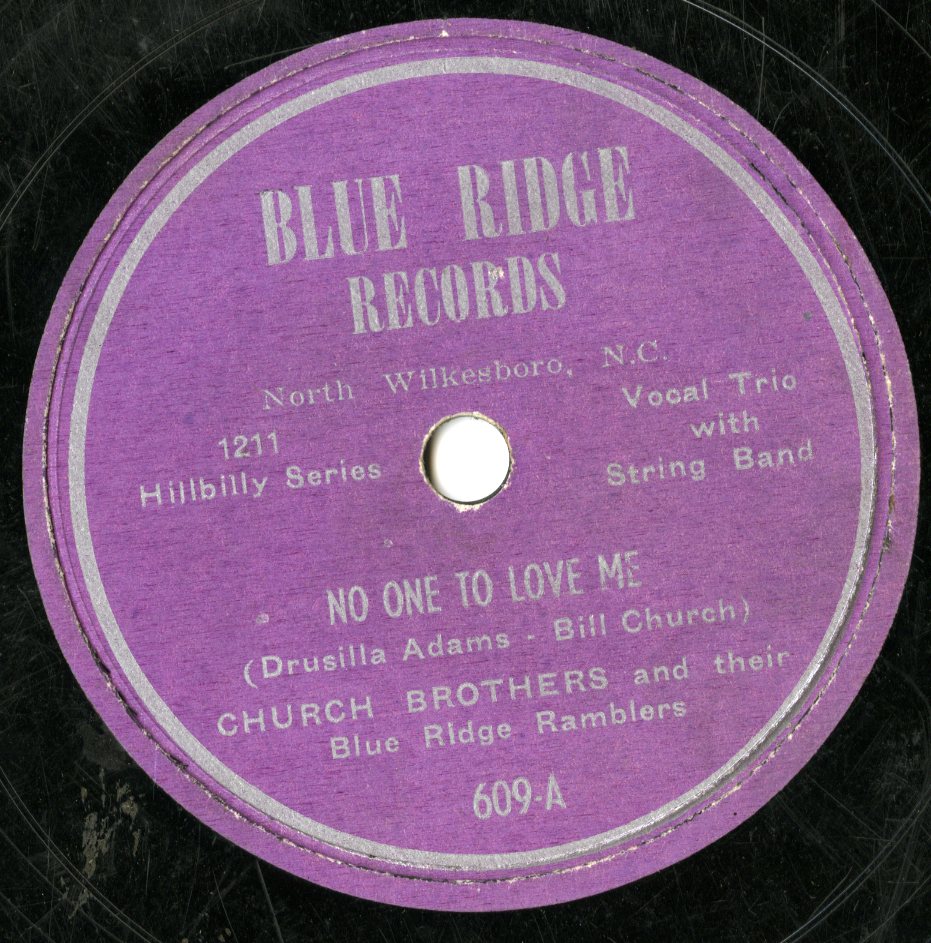
Newly cataloged at the SFC (call no. 78-16864) is a 1952 release by the Church Brothers & their Blue Ridge Ramblers, a short-lived ensemble on a short-lived label, both based out of Wilkes County, North Carolina.
The oldest of the three Church Brothers, Bill Church, had played during the 1940s with Roy Hall & his Blue Ridge Entertainers and on a radio show in Asheville, N.C. called “Farm and Fun Time.” After serving in World War II, he and his brother Ralph began playing with cousin Ward Eller and a few other locals—Drake Walsh (son of Dock Walsh), Gar Bowers and Elmer Bowers. Eventually a third Church brother (Edwin) joined the group. Calling themselves the Wilkes County Entertainers, they played on the local radio stations WILX and WKBC and at schoolhouse shows.

By the 1950s they were performing as the Church Brothers and their Blue Ridge Ramblers and making recordings with a lineup featuring Bill Church (guitar), Edwin Church (fiddle), Ralph Church (mandolin), Ward Eller (guitar), Ralph Pennington (bass), and Johnny Nelson (banjo). They also began recording songs written by a local lyricist, Drusilla Adams. Initially the band planned to have these recordings come out on Rich-R-Tone Records (at the time based in Johnson City, TN). Because of various delays, Drusilla and her father decided expedite the process by setting up their own Wilkesboro-based label called Blue Ridge Records, which issued several Church Brothers singles. Blue Ridge Records went on to record the Stanley Brothers and Bill Clifton; the label lasted until 1958 when Noah Adams passed away and it was sold.
The single “No One to Love Me,” featured here, received a somewhat mixed review from Billboard magazine: “A lively performance by the Church Brothers with hoedown accompaniment of a so-so piece of material.” About the B-side, “You’re Still the Rose of my Heart,” the critic simply stated: “More of the same.”
We’ve provided an excerpt from “No One to Love Me” here: here.
In addition to their releases on Blue Ridge, the Church Brothers & their Blue Ridge Ramblers eventually did go on to sign a contract with Rich-R-Tone, recording several tracks for that label. In 1952, the group disbanded—though the members continued to play on their own at various dance events in the Wilkesboro area.
The Church Brothers’ output on Blue Ridge Records and was later released on LP compilations by Gerd Hadeler Productions and Rounder Records. These LPs are also available at the SFC, as FC-4743 and FC-2046, pictured below.

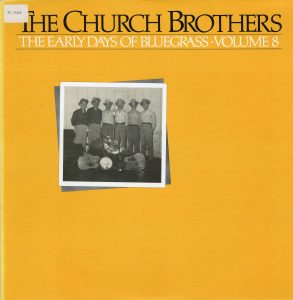
An article and video feature on former Rambler Ward Eller’s experiences with the band appeared in the March 2014 issue of Mountain Music Magazine.
NC Folklife Festival, 1974
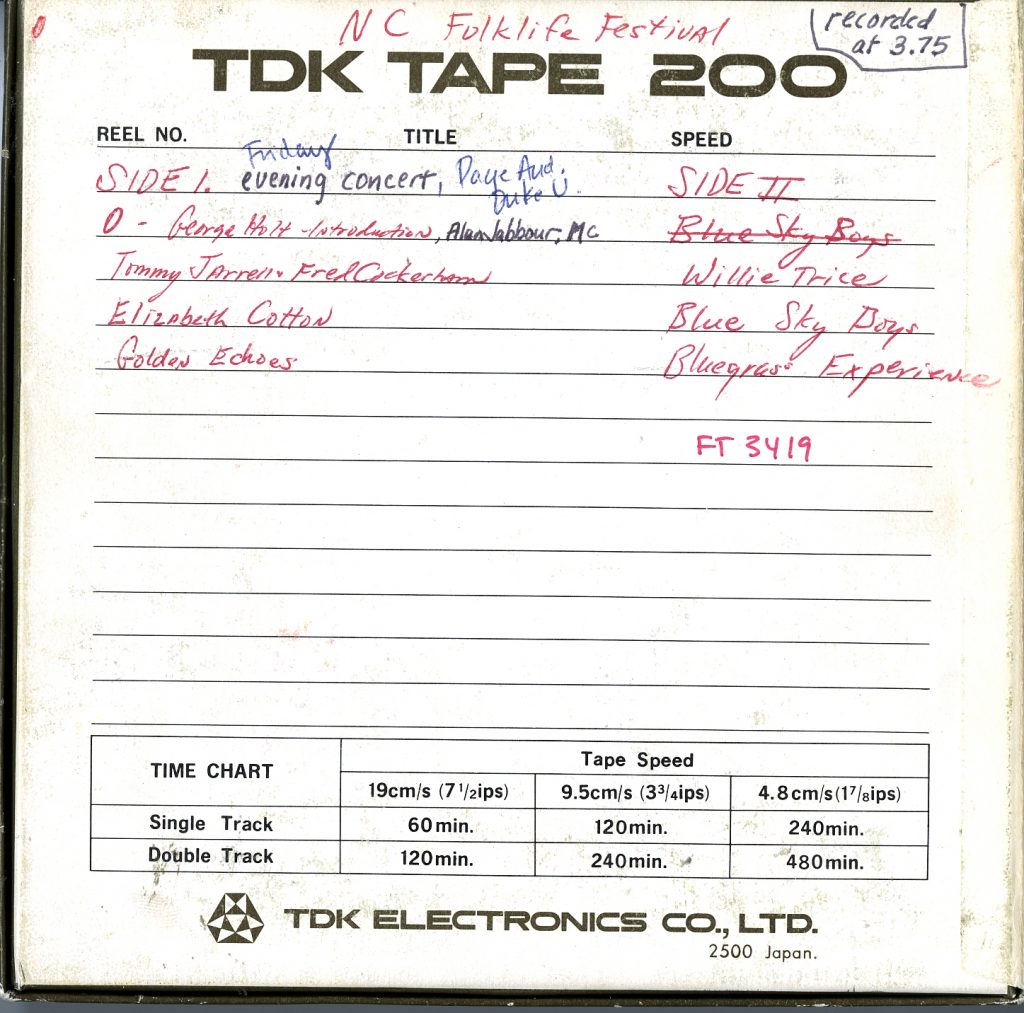 Lovers of North Carolina folklore have a lot to celebrate this year. The Southern Folklife Collection celebrates our 25th Anniversary this year with numerous events August 21 through August 23. See our event website, SFC25, and follow Field Trip South for more information as we lead up to the event. Tickets are on sale now for Memorial Hall concerts featuring the Rebirth Brass Band, Tift Merritt and Merle Haggard. See more information from Carolina Performing Arts.
Lovers of North Carolina folklore have a lot to celebrate this year. The Southern Folklife Collection celebrates our 25th Anniversary this year with numerous events August 21 through August 23. See our event website, SFC25, and follow Field Trip South for more information as we lead up to the event. Tickets are on sale now for Memorial Hall concerts featuring the Rebirth Brass Band, Tift Merritt and Merle Haggard. See more information from Carolina Performing Arts.
 In other celebratory news, Our good friends at the North Carolina Folklife Institute are kicking off their 40th anniversary commemoration this weekend at the Festival For the Eno. The NCFI has been sharing fantastic photo documentation of the 1974, 1975, and 1976 festivals on their website and Facebook page, highly recommended viewing. They also encouraged us to look back into the SFC for sound recordings of the events, which we located and are in the process of digitizing. Performances from the 1974 festival, organized on the campus of Duke University by George Holt, are documented on open reel tapes FT3418 through FT3421. Performers included Tommy Jarrell and Fred Cockerham, Elizabeth Cotton, The Golden Echoes, Willie Trice, Ernest East, The Blue Sky Boys, The Bluegrass Experience, and many more. We are excited to share some clips of these performances from FT3419 (pictured above) with you and encourage you to visit the NC Folklife Institute table at the Festival for the Eno this coming weekend. Happy Fourth of July!
In other celebratory news, Our good friends at the North Carolina Folklife Institute are kicking off their 40th anniversary commemoration this weekend at the Festival For the Eno. The NCFI has been sharing fantastic photo documentation of the 1974, 1975, and 1976 festivals on their website and Facebook page, highly recommended viewing. They also encouraged us to look back into the SFC for sound recordings of the events, which we located and are in the process of digitizing. Performances from the 1974 festival, organized on the campus of Duke University by George Holt, are documented on open reel tapes FT3418 through FT3421. Performers included Tommy Jarrell and Fred Cockerham, Elizabeth Cotton, The Golden Echoes, Willie Trice, Ernest East, The Blue Sky Boys, The Bluegrass Experience, and many more. We are excited to share some clips of these performances from FT3419 (pictured above) with you and encourage you to visit the NC Folklife Institute table at the Festival for the Eno this coming weekend. Happy Fourth of July!
Introduction from George HoltFT3419_GeorgeHolt
Tommy Jarrell and Fred CockerhamFT3419_TommyJarrell
Golden EchoesFT3419_GoldenEchoes
Willie TriceFT3419_WillieTrice
The Blue Sky BoysFT3419_BlueSkyBoys
The Bluegrass ExperienceFT3419_BluegrassExperience
Cataloger's Corner: Barns
Our Photos of the Week this time feature 2 examples of tobacco barns taken from the CD-ROM companion to John Michael Vlach’s 2003 book Barns (Norton/Library of Congress). The book and accompanying disc feature black & white photos of barns across the U.S., taken by a variety of photographers, and currently housed the Prints & Photographs Division of the Library of Congress.


The Barns CD-ROM is now available at the Southern Folklife Collection as call # CD-11794.
78 of the week: Ida Cox and Lovie Austin on Paramount
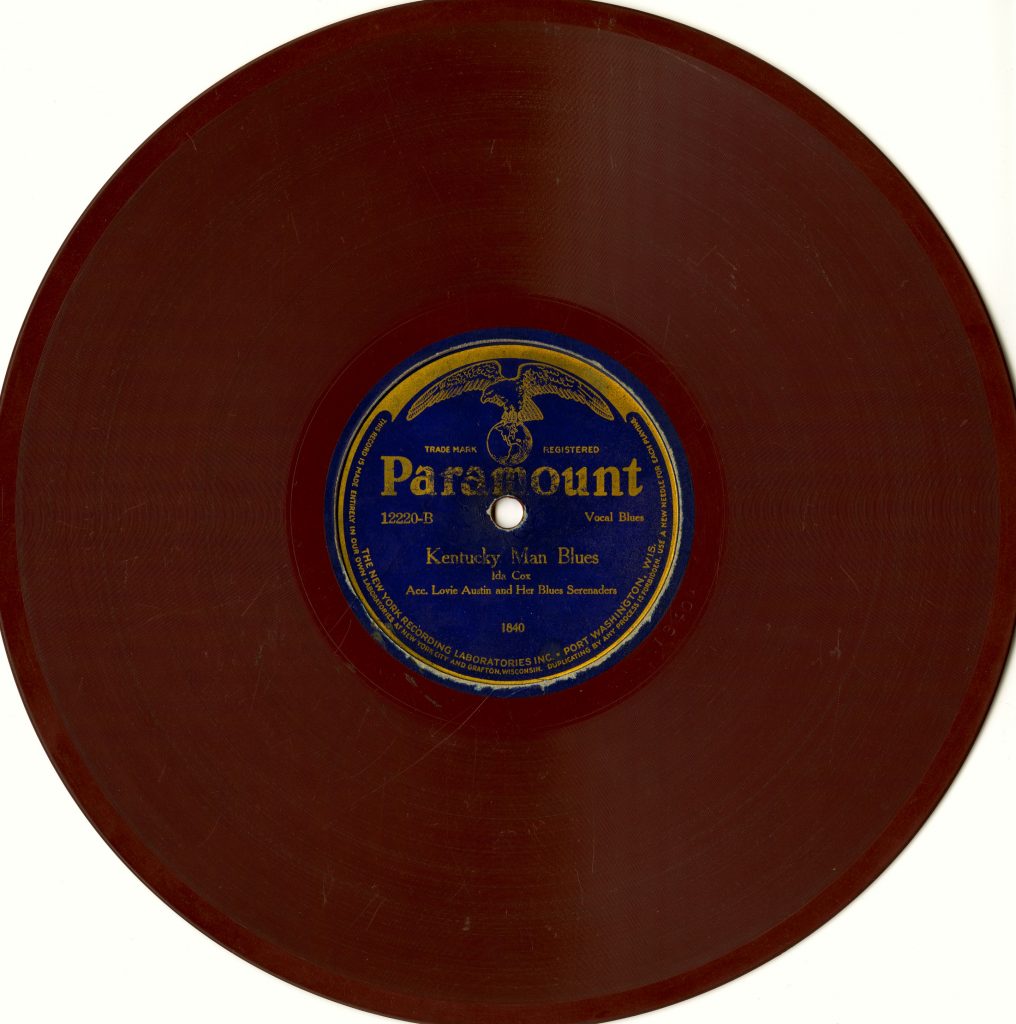 Sorry to be so quiet around here lately. Summer in Chapel Hill may be quiet, but activity at Wilson Library intensifies as the temperature goes up. We’ve got exciting news about the SFC 25 year anniversary coming up so stay tuned to Field Trip South over the next few days. You’re going to love it.
Sorry to be so quiet around here lately. Summer in Chapel Hill may be quiet, but activity at Wilson Library intensifies as the temperature goes up. We’ve got exciting news about the SFC 25 year anniversary coming up so stay tuned to Field Trip South over the next few days. You’re going to love it.
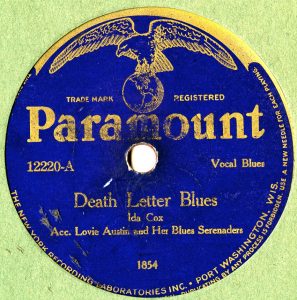 But for this afternoon, to ease back into blogging this week I thought we could start slow with call no. 78-11107 by the remarkable Ida Cox accompanied by the one and only Lovie Austin. “Death Letter Blues” and “Kentucky Man Blues” are but two of 78 sides Cox recorded for Paramount between 1923 and 1929. Enjoy these segments, presented with no noise reduction or post-processing. Love the sound.78_11107_Ida_Cox_Death_Letter_Blues 78_11107_Ida_Cox_Kentucky_Man_Blues
But for this afternoon, to ease back into blogging this week I thought we could start slow with call no. 78-11107 by the remarkable Ida Cox accompanied by the one and only Lovie Austin. “Death Letter Blues” and “Kentucky Man Blues” are but two of 78 sides Cox recorded for Paramount between 1923 and 1929. Enjoy these segments, presented with no noise reduction or post-processing. Love the sound.78_11107_Ida_Cox_Death_Letter_Blues 78_11107_Ida_Cox_Kentucky_Man_Blues



